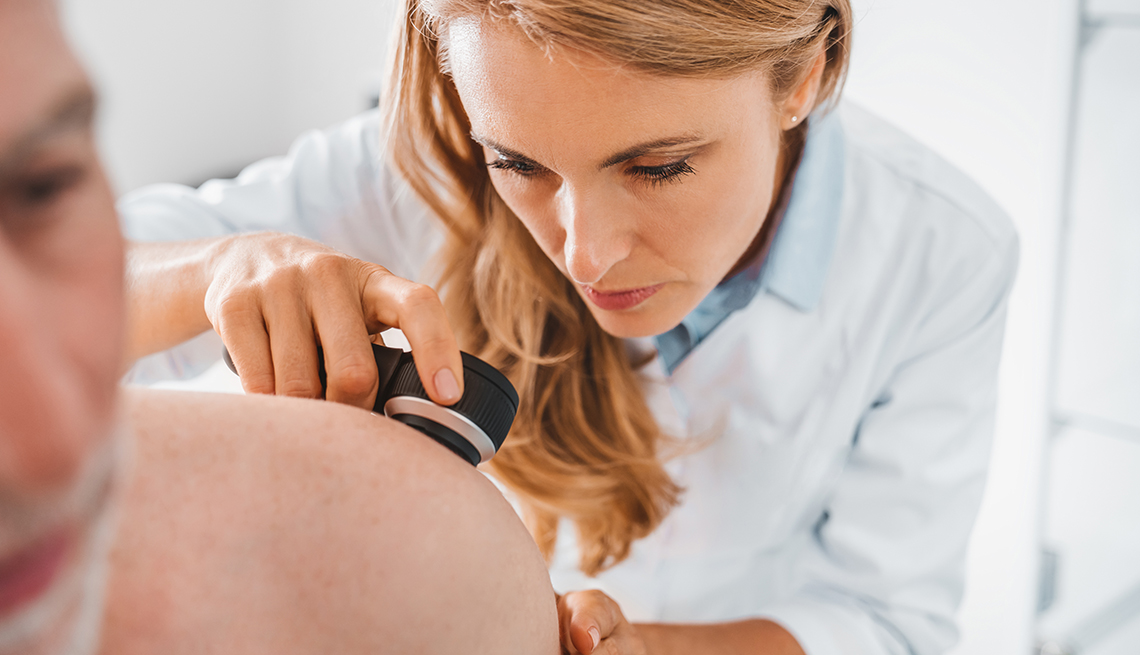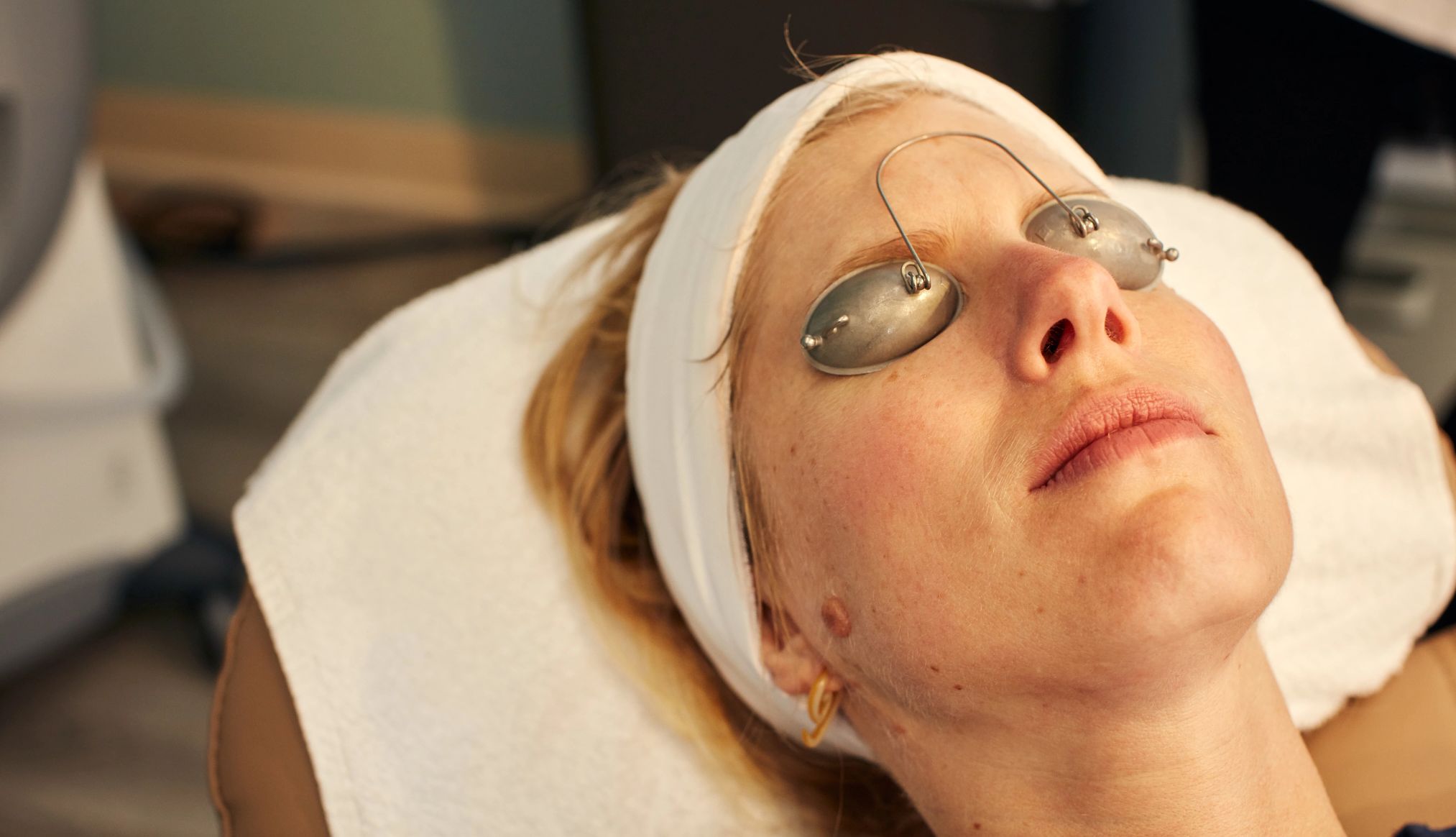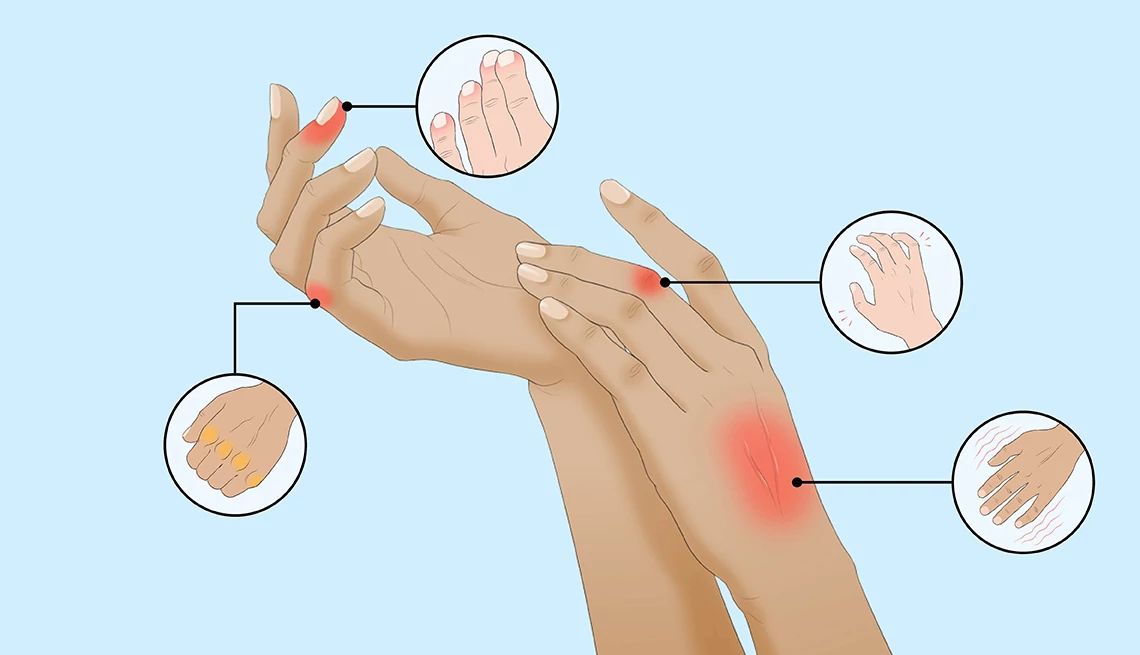AARP Hearing Center


At some point, you might have lifted an arm or peered at your neck in the mirror and discovered a skin-colored growth that wasn’t there before. What you found was most likely a skin tag, given that about half of us will have at least one of these harmless protuberances over the course of our lifetime. The older we get, the more of them seem to pop up.
Skin tags, or what your dermatologist calls acrochordons, are usually harmless and nothing to worry about. Yet there are some situations in which you’ll want to consult with your doctor, especially if you’re wondering whether to remove these growths. Read on for answers to some common questions about skin tags.
What are skin tags?
Skin tags are nothing more than outgrowths of regular skin attached to a thin stalk, or base. They’re usually the same color as the rest of your skin, although they can be slightly darker.


Most skin tags are a couple of millimeters across — less than the width of a pencil eraser — but they can grow larger.
What causes them?
Skin tags often form in areas where skin rubs against skin or fabric, says Sara Lamb, M.D., assistant professor of dermatology at Virginia Commonwealth University. So don’t be surprised if you see them in places like your armpits, under your breasts, in the creases of your thighs or on the part of your neck that regularly brushes against your shirt collar or a necklace.


Obesity slightly increases your risk for skin tags, possibly because of skin-on-skin friction. They’re also more common in people with type 2 diabetes, which probably has more to do with the weight connection than the disease, Lamb says. Skin tags can actually be a sign of early diabetes — one of the reasons you should pay attention to them. Scientists think insulin resistance may be linked to skin tag growth.
Some families collect more of these growths than others. Scientists haven’t yet discovered a skin tag gene, but if a few of your close relatives have skin tags, genetically speaking they may be in your future, too.
Why do we get more of them as we age?
The reason might be that friction builds over the passing years, according to Lamb. Also with age comes a loss of skin elasticity. Sagging skin is more likely to rub than firm skin.












































































More on Health
AARP Smart Guide to Sun Protection
SPF is just one important factor — here are more tools that can help in preventing damage from harmful rays
The Worst Habits for Your Skin
Smoking, scratching and skipping out on SPF can be damaging
8 Superfoods for Aging Skin
Get your glow back with these nutrient dense, antioxidant-rich foods